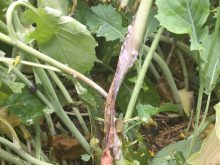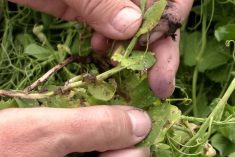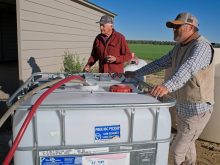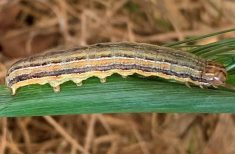In Western Canada, a number of factors have helped keep disease resistance low, including variability of hosts, pathogens, environmental conditions, crop rotation and judicial use of fungicides.
However, there is resistance. Weed resistance in both grass and broadleaf weeds has been identified in fields since 1988. Resistance has been identified to many herbicide groups including 1, 2, 3, 4, 8 and 9. Cases of resistance to multiple modes of action in both grasses and broadleaf weeds have also been documented. Ascochyta in chickpea has been reported to have developed fungicide resistance in the Prairies.
Read Also
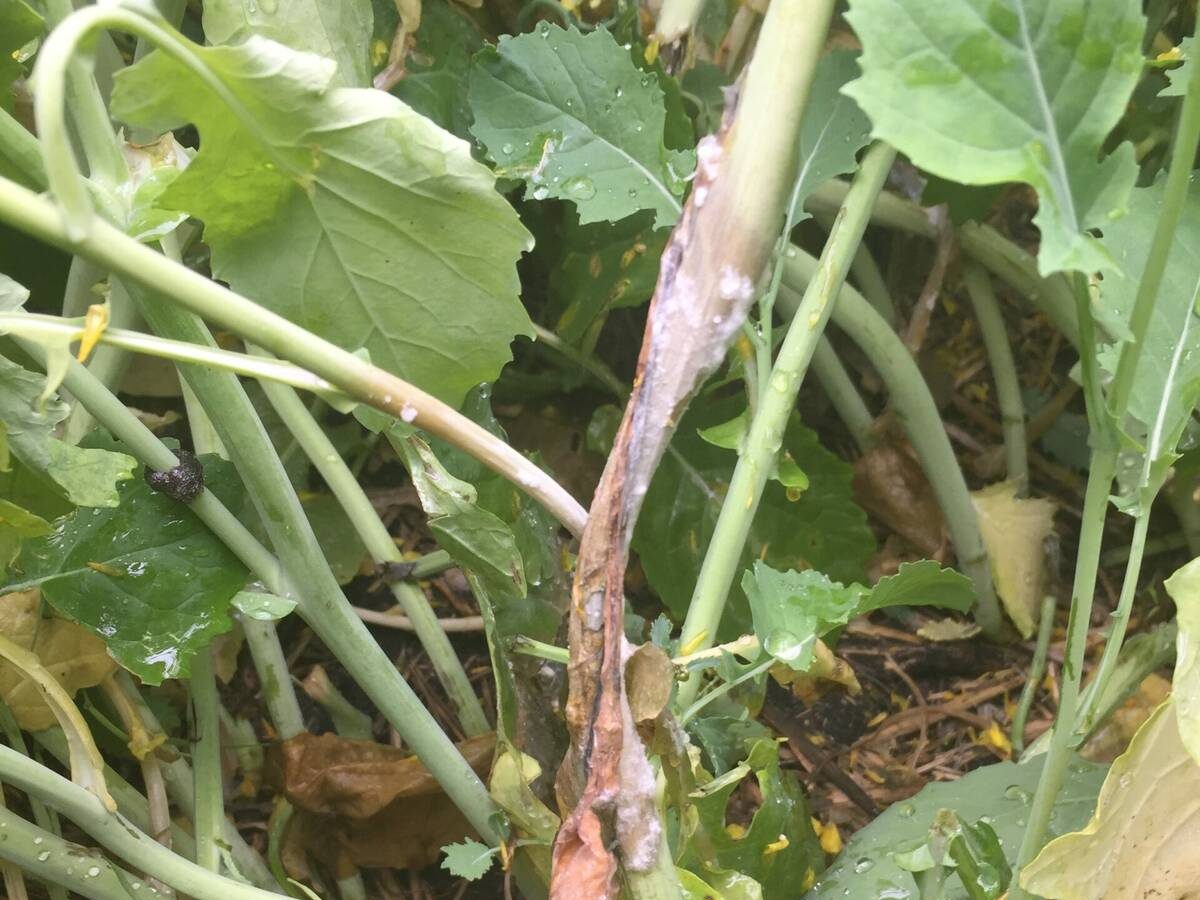
Good news, bad news for fungicides meant to fight stem rot in canola
A report shows overall insensitivity of sclerotinia to three fungicide groups hasn’t changed in a big way between 2010 and 2024 — but shows some sclerotinia populations have been discovered with elevated insensitivity to all three.
Disease and weed resistance can develop when the same management decisions are used repeatedly. Weed species that produce high amounts of seed, are genetically diverse or are present in high populations in the field are most at risk to develop herbicide resistance.
Disease resistance can be managed through agronomic practices and judicial fungicide use. Agronomic practices such as crop rotation, selection of hybrids or varieties with built-in disease resistance and applying alternating fungicide modes of action will help reduce the opportunity for the development of resistance.
Weed resistance can be managed by reducing the weed selection pressure for herbicide resistant weeds. Tank-mixing herbicides with different modes of action that are both effective on the weeds of concern, rotating herbicide modes of action in a given field and applying herbicides at various times throughout the season may help reduce selection pressure. Using cultural or mechanical tools methods to manage weeds can also be effective.
The best way to prevent resistance is scouting fields and incorporating good management practices. Most cases of disease and weed resistance are still manageable, but proactive management is critical to prevent resistance from becoming a larger concern in Western Canada.
Ultimately, effective management to prevent resistance means increased returns in terms of yield and an increased bottom line while leaving multiple control options available for ongoing disease and weed management over time.
Glenda Clezy is an agronomy knowledge manager for DuPont Pioneer



